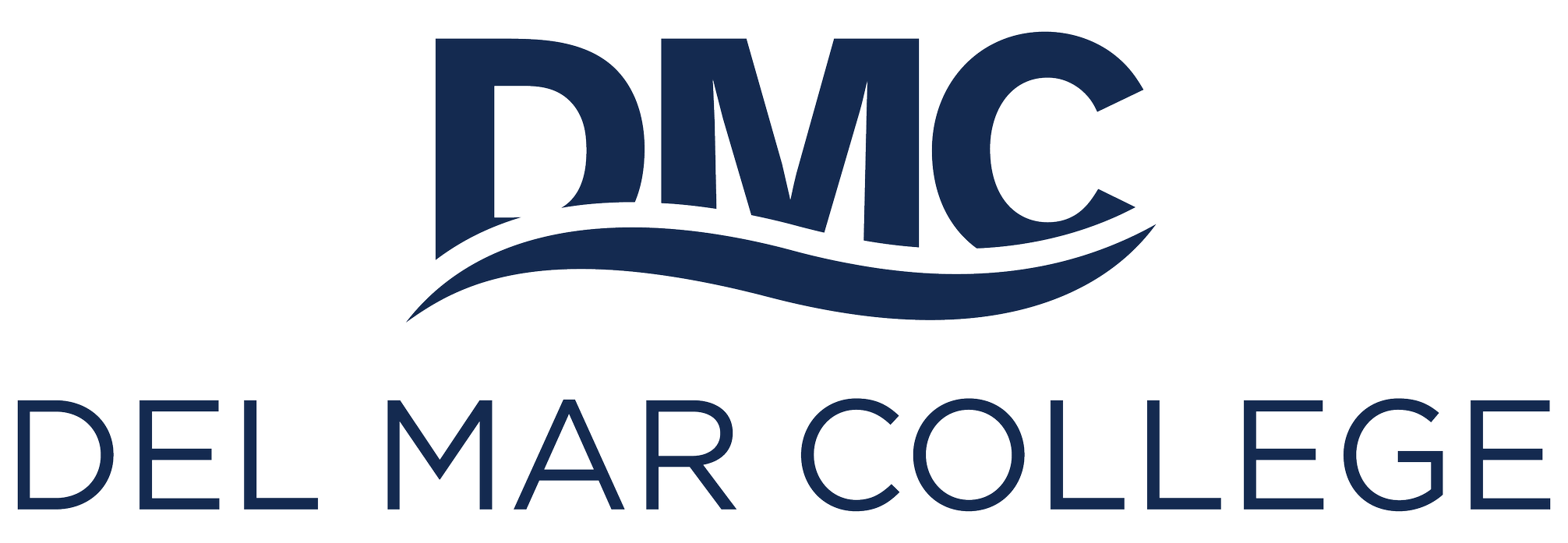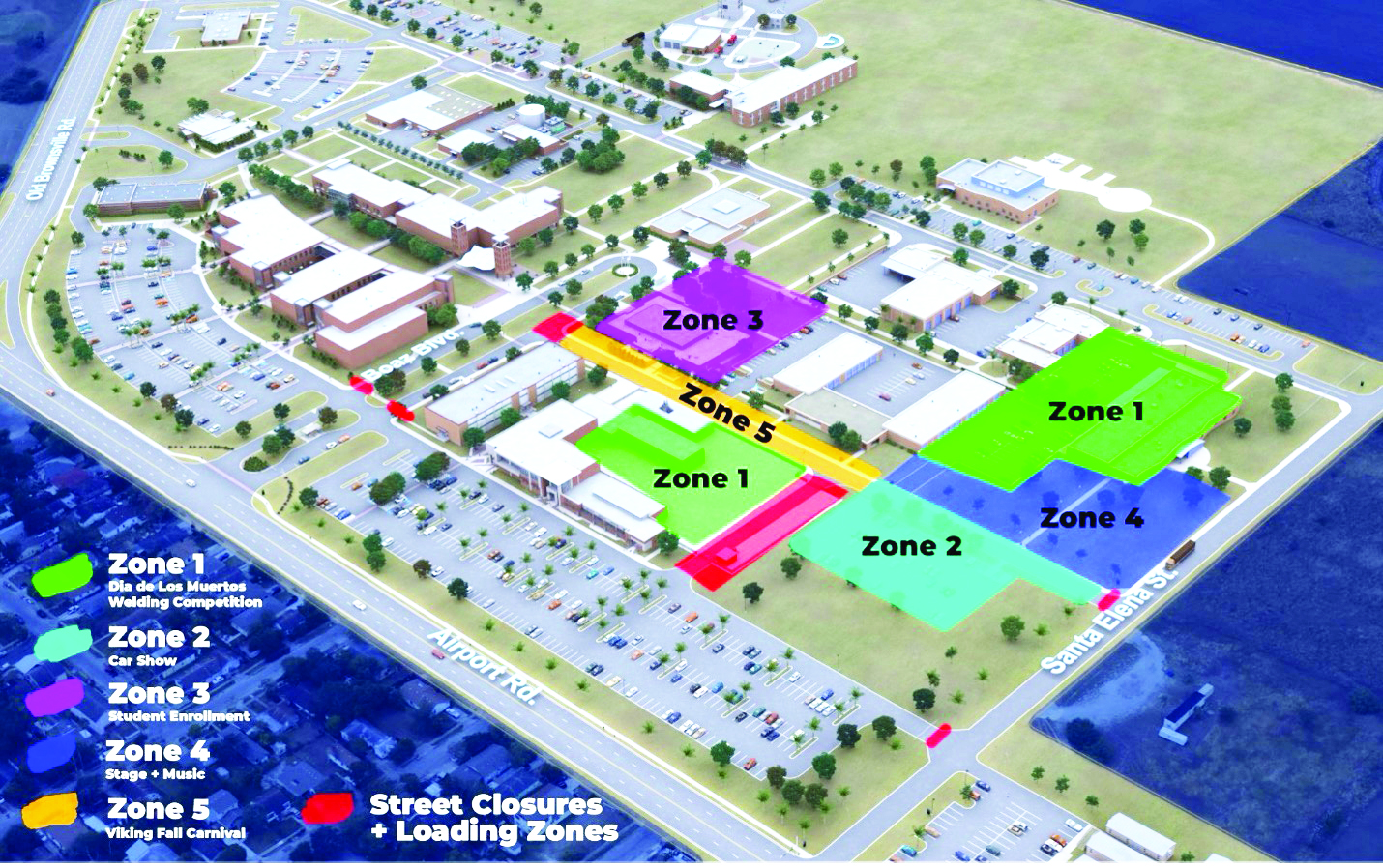This past semester, the Del Mar College Board of Regents approved the establishment of a new bachelor’s degree program for organizational management and leadership development. This is the second of its kind following the establishment of the Registered Nurse to Bachelor of Science in Nursing program back in 2021.
In October, the board reviewed another plan for the establishment of a bachelor program in architecture, through a partnership with Texas Tech University.
With the growing number of these programs in the past couple years, one can only hope that this trend continues. Del Mar College’s affordability and unique advantages allow these programs to offer access to bachelor’s-level education to students who may otherwise struggle with the financial and geographic hurdles of a traditional university.
According to the Texas Higher Education Coordinating Board in July 2020, the average university tuition in Texas was $4,865 for a 15-credit hour semester, or about $324 per credit hour. In comparison, Del Mar College’s costs are almost a third of the state average, at $1,690 per 15-credit hour semester, or about $113 per credit hour.
Over the course of four years, that could save a prospective student as much as $25,400 in tuition costs alone. The relative accessibility to financial aid through the Del Mar College Foundation and the Federal Pell Grant offers students the possibility of saving even more money on education, many likely being able to attend without paying a cent out of pocket. This is something that is inconceivable at many larger institutions.
It could also offer plenty of benefits to Del Mar College through increasing general enrollment and making it even more of a hotspot for affordable education than it already is. Rather than having a standard student for two or three years, they can remain enrolled at Del Mar for four or even five years. That is not even considering the professional students who might as well already be pursuing a bachelor’s degree worth of credits.
The affordability would likely bring in students from outside the tax district as well, as even the out-of-district costs at Del Mar are about half the in-district costs of Texas A&M University-Corpus Christi. At that point, all they would have over Del Mar is a geographically appropriate mascot and post-graduate programs.
There is the possibility that expanding Del Mar College’s scope too quickly could lead to inflating tuition costs and fees, or even higher property taxes for local residents. Still, the college has a lot more wiggle room in that regard as opposed to larger institutions. $150 per credit hour for a bachelor’s degree is still far cheaper than anything a public university could offer.
At the very least, the college could look into filling the gaps left in the degree programs of the local universities. For example, Texas A&M-Corpus Christi lacks dedicated bachelor’s degree programs for Journalism, Public Relations and Mexican American Studies. Texas A&M-Kingsville lacks an Information Security bachelor’s degree program.
Beyond Del Mar’s competitive advantages, it can also be argued that encouraging students to be enrolled for longer could also benefit campus life to some degree. Student clubs and organizations would be able to maintain a larger core of experienced and dedicated upperclassmen and with this comes the capacity to plan, initiate and maintain longer term programs.
Annual events and long-lasting traditions are easier to maintain and organize when the pressure of maintaining them can be spread among multiple senior and junior students, rather than putting all the pressure of preserving them on the staff adviser, the only long-term participant in any campus organization as of now.
A larger body of students would also mean more funding for these organizations, expanding their general capabilities.
While no one can see what the future holds, one thing can be assumed based on which way the winds of change are blowing: Del Mar College will continue to grow as an institution. If we’re all lucky, it might even start bringing those enrollment numbers back up. Whatever that change looks like, it would certainly have come a long way from its Corpus Christi Junior College days back in the 1930s. Who knows what it will look like in fifty years? According to the US Trademark and Patent database, Del Mar University is up for grabs. Maybe we could even bring back the football team?





